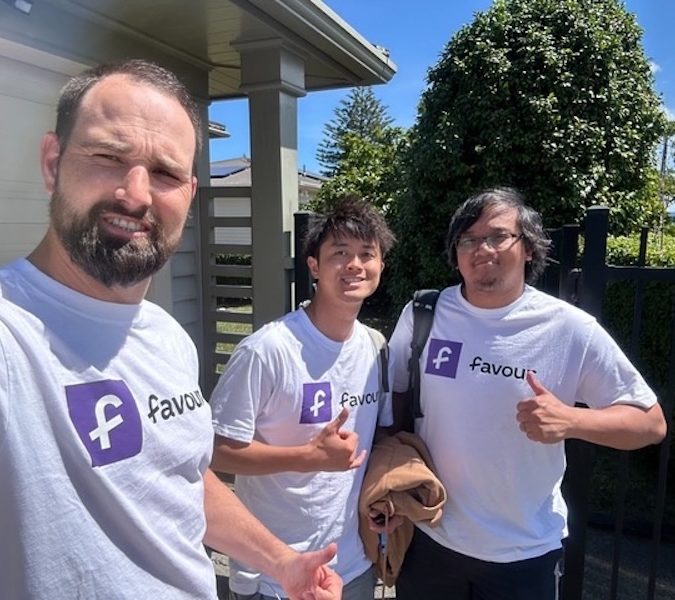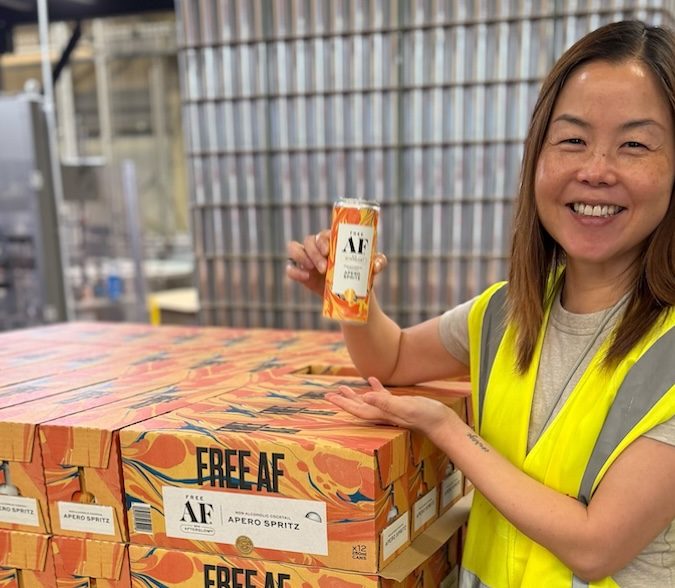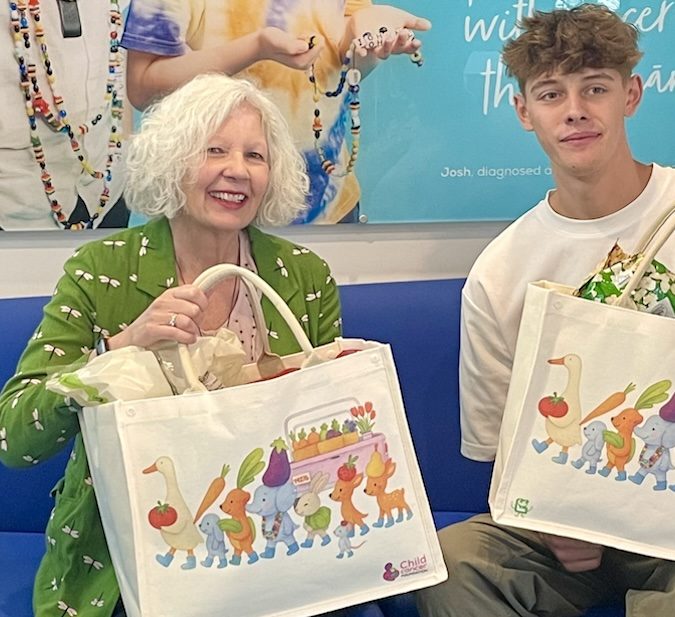
Pretty grim, right? But there’s an alternative. It’s possible to reclaim the vast majority of these old mattresses, dismantle and repurpose them in a way that minimises landfill, intelligently reuses their raw materials, and creates positive social outcomes – such as increased employment – in the process.
Hastings-based 3R Group, the company behind product stewardship programmes around agriculture, automotive, electronics and the paint and textiles industry, is spearheading just such a programme, aiming to radically reduce the number of mattresses thrown into landfill and to promote some pretty noble social outcomes in the process.
We talked to Adele Rose, CEO of 3R, to find out what’s involved setting up such an ambitious scheme, how to sell social responsibility to corporates, and the importance of partnerships when it comes to making big plans reality.
Idealog: So you’re currently launching the Rebound mattress project and have managed to get some pretty big players behind the initiative. Where are you at now with the project?
Rose: We’ve got some really interesting work going on at the moment. We’ve got strong support from Auckland Council’s Waste Minimisation and Innovation Fund, they fund out of the levy they charge for landfill – the biggest problem area in Auckland – so they see at as an opportunity to divert that waste from landfill. We’ve got several other social groups and community recycling networks, as well as, of course, importers and manufacturers. So we’re currently looking at what model works best for Auckland.

Image: Adele Rose, CEO, 3R
So where did the subject of mattress recycling come from? Was 3R the driver behind it?
Yes. We had been working round the periphery of mattress recycling for about four years and we’d identified there was a potential problem there, but it was the culmination of a lot of different events. Reports back from landfill operators – when they’re drilling for methane gas capture, the drills were getting bound by mattress coils – then the significant impact on places like Red Cross and the Salvation Army. People perhaps think they’re doing the right thing by donating their mattresses, but in most cases those mattresses are so old and contaminated that it ends up that those charities have to pay for that waste to go for landfill. Also, Big Save Furniture’s premises is across the road from us and they’re one of New Zealand’s biggest bed manufactures and distributors. Our shareholders had a personal relationship with [Big Save Furniture founders] the McKimms. We’d been building up an idea about what could be done around the responsibility for that waste stream and everything fell into place in 2015.
So does a project like this come from forming those partnership in the first instance?
Absolutely. It’s was all about creating that partnership in the beginning. Ultimately it was the McKimms saying that the time was right to do something. So they provided that support, then we went to other industry support groups and had that discussion. Essentially it was about giving people the time to decide where they fit in the process. The first meeting was very much around ‘Have we got a problem? Do we want to do something about it and to what extent do we want to be involved?’ Of course the people we are talking to are all at different levels – some are working at the high end mattress end, which are replaced less frequently, and others are at the low end where they are replaced very frequently. So it was about getting that buy-in across that range. And that’s where we’re at the moment. We’ve come up with a framework with the collection and recycling of the mattresses, and we’re currently working on a business plan for the industry groups to then come up with their preferred model.
So the McKimms attitude – actually being concerned about what happens to their products at the end of their lifecycle – is that a typical attitude for people in these sorts of industries?
Yes, it is. No one wants to make the front page of the newspaper for the wrong reasons so bringing reputation into it is a big driver. But it’s not only brand reputation that gets these things over the line. It’s actually a genuine desire to see that the products are repurposed and that they provide some additional value along the way.
Recycling and product stewardship programmes, if that’s what you want to call them, cost money. They don’t make money for those that are involved, so there has to be a strong commitment throughout the supply chain for it to work. Which is the beauty of the mix that we have with the Rebound group at the moment. We’ve got the importers and manufacturers, the council, which provides the structure, the social enterprises that actually do the deconstruction, those that the deconstructed products go to, and the retailers who are the interaction point for you and I around our options if I’ve got an old mattress you want to get rid of.

So what is that business plan?
All product stewardship programs in New Zealand have the challenge where they need to be designed for what is good in that region. So with Rebound, Auckland Council have their inorganic collection booking system which means that consumers have the option to wait and have something taken away for free or there are a number of points where they can drop it off. Looking at the Auckland region, we then map out who can do what and what is best for the consumer, in terms of access points and usability, then we put a framework in place and get agreements from all of the entities in that region – that includes the social enterprises who then deconstruct the mattresses.
We’re essentially creating a mind map of what’s available in the region, so it might be quite different in a different place. And that’s what we’re finding. When we get to Wellington and Christchurch, they have quite different infrastructure in place, so it might be that if we take a smaller region – if we take Hawkes Bay for example – they might have a transfer station that is happy to hold the mattresses instead of putting them into landfill and then we work with social enterprise to go and pick them up.
In that sense our involvement is in monitoring quantities and monitoring any contamination that has to be dealt with, and making sure those connections between the transfer station and the social enterprises is complete and working. And that can be quite different if you’re in Paparoa or Dannevirke. We want to provide a national service, but it’s not ‘one size fits all’.
If you were to gauge the mood out there, are you guys greeted with enthusiasm? When you make that call looking for partners, do people want to help?
Oh yes. We’re definitely welcomed, particularly because our approach is to be very collaborative in the way we work. The problem areas of us is that the way we deal with waste. Waste disposal does not give you the beneficial outcomes compared with resource recovery, but it is the cheapest option. Resource recovery is more expensive but you get better environmental and social outcomes as a result. The areas of business that we tend to engage with well are those that have recognised that investment is required to get these outcomes.
In some sectors in New Zealand there’s still the idea that ‘We just want to pay for waste disposal and we’re not actually worried about the recovery of the items at the end of the day’. And there’s a bit of a fallacy that there’s money in waste. There’s money in owning a landfill where, if you dump waste you can charge a fee, but there’s not money in resource recovery. That’s a cost to business, but it’s an investment in the broader community as well.
Not to put a negative slant on these, but where does the pushback you do experience come from?
Money always talks. So it’s about the engrained philosophy of ‘wanting to do the right thing’ that has to exist within the business in the first place. And we work in the difficult-to-manage waste streams. We don’t work in lean plastics and cardboard and things like that where there are good solutions already set up. We work more in the hazardous and difficult to manage areas.
In regards to the businesses you work with, surely the final destination of the product is only one small piece of their sustainability responsibilities though, right? Surely there’s other work to be done as well…
Well, yes, our work is very varied. One area we’ve started to push into is resource audits for business, particularly those businesses that don’t have sustainability people in place. We help go through some behaviour-change work – bin placement and labelling, making the recycling bin the first in the pile and the landfill bin the last in the pile and making sure that people can read the labels and that sort of thing – but also helping businesses identify the savings that can make just with simple things, like diversion from landfill, looking at what you’re actually putting into landfill and saying, ‘Did you know, in your region you have access to all of these services? Yes you’ve got a problem with this particular part and we can help you with that, but just out of that one activity we can demonstrate significant savings immediately, just by changing practices’.
You’d be surprised in this day and age just how much people don’t stop and think about what they’re doing with their waste streams and just how much money they’re wasting by not thinking. Our role is just to trigger that thought and say ‘Did you know…’
So there’s no money in resource recovery, and you’re a for-profit business…
Yes, we’ve got shareholders.
…so what is business actually like for 3R? What’s the market doing?
Look, it’s hard work finding companies willing to invest in resource recovery. There’s not lots of people knocking on your front door, that’s for sure. It does require investment from the business to get the willing parties to then start a movement. We’re lucky to have some brilliant customers that have been with us for a long time. Resene, Dulux, the Agrecovery Foundation. They are long-term businesses that have gone through at least ten years of development of stewardship o their materials.

Image: Tyre Industry Summit June 2015
There’s definitely an interest there though. We ran a tyre industry summit last year where we got international experts on the subject of end-of-life tyre disposal to come to New Zealand to talk to the industry. We got up to about 80 attendees, including all of the councils, the importers and distributors of tyres in New Zealand, plus those that were interested in developing a business around end-of-life products and transport operators, all together in one room for two days, listening to what was happening around the world in that area – the latest thinking, the latest technology, and having them talk to us about their experiences providing tyre stewardship projects for the last twenty years. We don’t have to make the same mistakes that have been made in the past. If we can see a gap in the knowledge of a particular sector, we’ll invite experts to come and have a conversation.
It’s all about starting those conversations.






